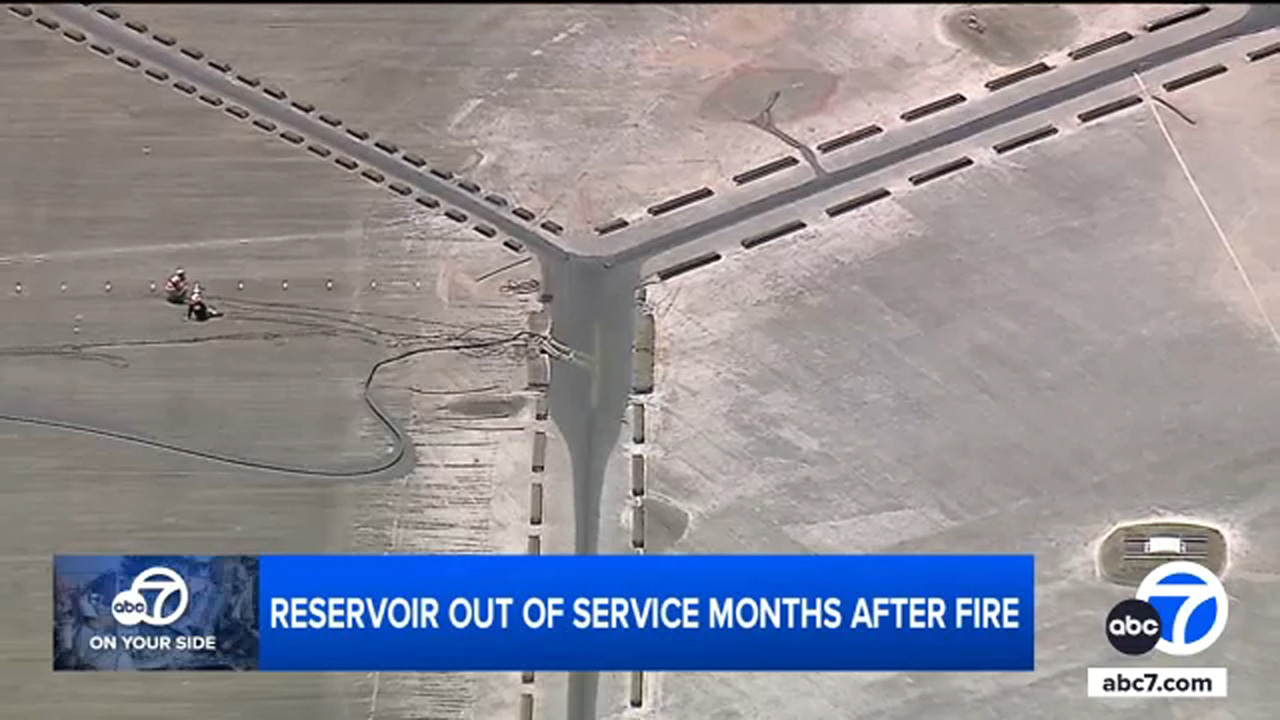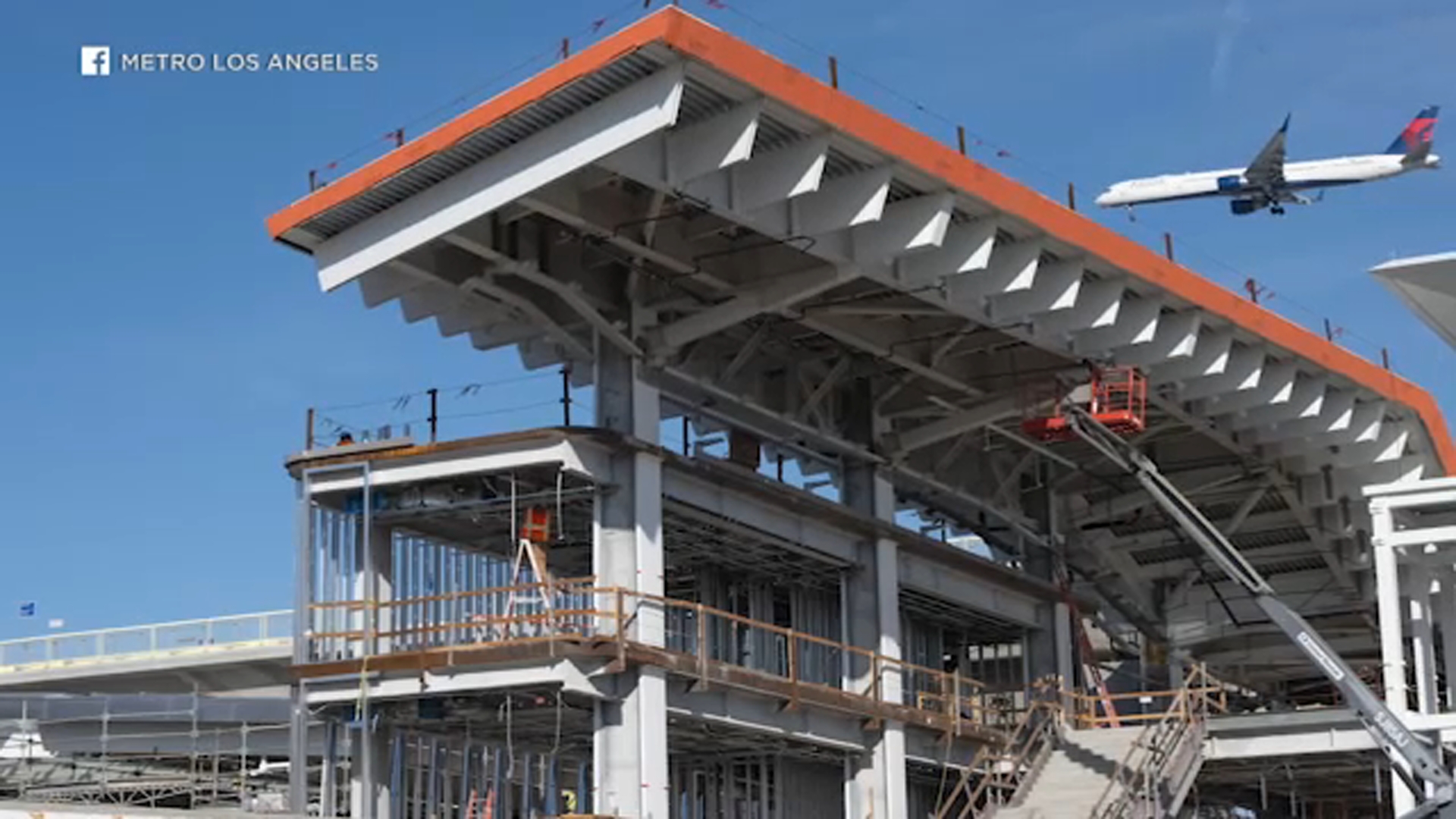Apple Vision Pro: Why does it cost $3,499 and will people pay it?
The mixed reality headset goes on sale on Feb. 2.

New York -- Apple Vision Pro, a mixed reality headset, arrives in stores next week promising a personal movie theater wherever users go and screen navigation at the tap of a finger.
The buzzy product, however, bears a price sure to deflate some customers. The most affordable model runs $3,499 while a higher-powered version reaches nearly $4,000.
The high price owes to costs associated with production of the Vision Pro, as well as an initial focus on reaching professionals such as developers who could enhance the product with additional apps, analysts said.
"It's a very early product," Ben Bajarin, analyst at research firm Creative Strategies, told ABC News. "There's a scale and manufacturing challenge that Apple is up against."
Apple did not immediately respond to ABC News' request for comment.
Here's what to know about why the Vision Pro costs $3,499 and whether customers will pay it:
Why is the Vision Pro priced at $3,499?
The price reflects the costly development and production behind the Vision Pro, which required the company to build components specifically for the headset, analysts said.
Laminated glass operates as a surface for the cameras and sensors on the device, while a flexible Light Seal helps mold the product to a user's face, Apple says. A brand-new R1 chip, Apple says, allows the machine to process inputs from a person's eye and hand motions.
"If anything, the price is on the low side given the technology that's packed into this," Avi Greengart, lead analyst at research firm Techsponential, told ABC News.
Speaking to ABC's "Good Morning America" in July, Apple CEO Tim Cook said the price of the Vision Pro is rooted in the high costs of producing what he considers a technological breakthrough.
"The engineering and depth of engineering in it is mind blowing," Cook said. "Does it come for free? It costs something to do that. But I think it's a great value."
Since Apple has yet to build full-scale manufacturing for the product, the company faces difficulty making the large quantity of headsets necessary to quench a mass market at a lower price point, analysts added.
Plus, they said, initial uptake among developers and other professionals most willing to pay a premium for the Vision Pro will enhance its offerings when it reaches a wider audience.
"Apple has been pretty clear in positioning this product as a blank canvas for developers to create and make something brand new," Bajarin said.
The price also aligns with Apple's typical role as a maker of items that cost more than their competitors' products but aim to make up for the disparity with a better user experience, Angelo Zino, senior industry analyst at CFRA Research, told ABC News, noting a similar dynamic with its smartphone.
"Apple is being who Apple is," Zino said.
Will customers pay the high price for a Vision Pro?
Initial response to the Vision Pro suggests customers are willing to pay the high price -- at least some of them.
The product won't be available in stores until next week, but pre-orders sold out almost immediately when they opened on Jan. 19, Ming-Chi Kuo, an analyst at TF International Securities, said in a Medium post on Monday. Within hours, shipping times jumped to as long as seven weeks, he added.
MORE | Apple announces when the Vision Pro will go on sale
In all, Kuo found, the company sold as many as 180,000 headsets in the first weekend they were available for preorder.
Consumer appetite appeared to ebb quickly, however, Kuo said. Within 48 hours, shipping times had stabilized, contrasting with the prolonged extensions of shipping delays that typically come in response to iPhone model releases, Kuo added.
"The inability to sustain a steady increase in pre-order demand is a major concern," he said.
Analysts who spoke to ABC News said they expect the company to sell roughly 500,000 headsets this year. By comparison, Apple sold roughly 232 million iPhones in 2022, the most recent year for which data is available.
"They'll sell every Vision Pro they can make," Bajarin said, pointing to the production challenges as the primary impediment to higher sales.










